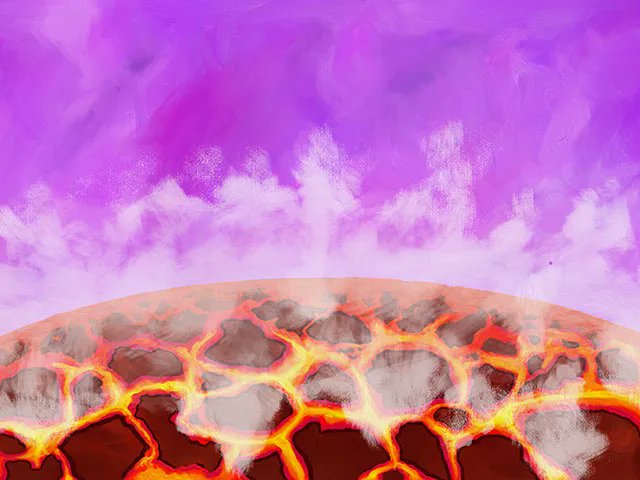“Go then, there are other worlds than these.” Or so Stephen King said in his famous Dark Tower series. As of yet, none of those worlds are known to be like Earth. But, according to some new simulations by researchers at the National Astronomical Observatory of Japan (NAOJ), finding a genuinely Earth-like world might be in the cards by the decade’s end.
Searching for exoplanets has been dominated by what is commonly known as the “Goldilocks Zone.” In pop science, the Goldilocks Zone represents the distance a planet needs to be from its star to be “not too hot and not too cold,” as in the porridge from the classic English children’s story.
A few of the 5,000 exoplanet candidates have already been found in this zone. However, it is doubtful that any are true Earth analogs, as there is another crucial component of a planet being Earth-like that has nothing to do with its distance from its star. It must have just the right amount of water.
Too much water in a planet’s atmosphere can lead to a runaway greenhouse effect where the temperature on the surface becomes too hot, no matter how far the planet is from its parent star. It also leads to “water worlds” where there is no land to speak of, eliminating one important evolutionary milestone life on Earth had stepped through. Alternatively, planets with too little water lack one of the critical ingredients of life and could end up like Mars, having lost most of its primordial water to the solar wind.
Until now, models of planetary formation pointed to most planets forming with either too much or too little water. This was especially prominent around the most common type of stars in the galaxy – red dwarves.
Also known as “M-type,” these stars are typically smaller than the sun and, therefore, cooler. They make up a majority of stars in our local stellar neighborhood, and some exoplanets have already been found circling them. But they fell into the trap of the same problem – planetary formation models up until now have suggested that it is doubtful that a planet would form around one of these stars with just the right amount of water to make it Earth-like.
Now, new research from Masahiro Ikoma and his students at NAOJ has simulated planetary formation around red dwarves and found that a small but noticeable percentage of these planets would likely contain water levels that would make them remarkably like Earth. In short, these exoplanets could potentially have beaches.
Admittedly, only a few percent of the planets that form in the Goldilocks zone around red dwarves would have this amount of water, at least according to the new models. But with the vast number of potential exoplanets to be found among these most common of stars, there are most likely going to be hundreds of them.
Even more exciting, if those estimations are correct, planet hunters such as TESS and the upcoming PLATO should be able to find some before the end of the decade. And once they’re discovered, the JWST should be able to detect whether they have water in their atmospheres.
All this amounts even more good news for the exoplanet community, who have been on a tear f late. And it could point to the imminent discovery of one of the most interesting scientific findings in human history. At this point, it might just be a matter of time – and good observational data, of course.
Learn More:
NAOJ – A Day at the Beach for Life on Other Worlds
NAOJ – New theory predicts Earth-like aqua planets exist around red dwarfs
Kimura & Ikoma – Predicted diversity in water content of terrestrial exoplanets orbiting M dwarfs
UT – Two Earth-Like Worlds Found Orbiting a Red Dwarf Only 12.5 Light-Years Away
Lead Image:
A young planet’s surface interacts with its atmosphere in this artist’s depiction.
Credit – Tadahiro Kimura

